Abstract
The graduate of most medical schools in North America is described as an "undifferentiated physician", but there is no universally agreed upon definition of the term. With the proliferation of subspecialties during the past 30 years, each division or department has its own concept of the undifferentiated physician. The result is strong pressure on curriculum committees to increase curriculum content. The medical faculty of the University of Ottawa used an approach to developing institutional objectives for medical schools that was based on the premise that graduates should possess the knowledge, skills and attitudes of a primary care practitioner in the community, and they accepted an institutional goal and 10 institutional objectives after five revisions of the original proposal. An essential element in the development of the objectives was the use of a list of common medical problems, ranked in order of frequency, as guidelines. The resulting institutional objectives are relevant to current community needs and may be used to project the future needs of the community.
Full text
PDF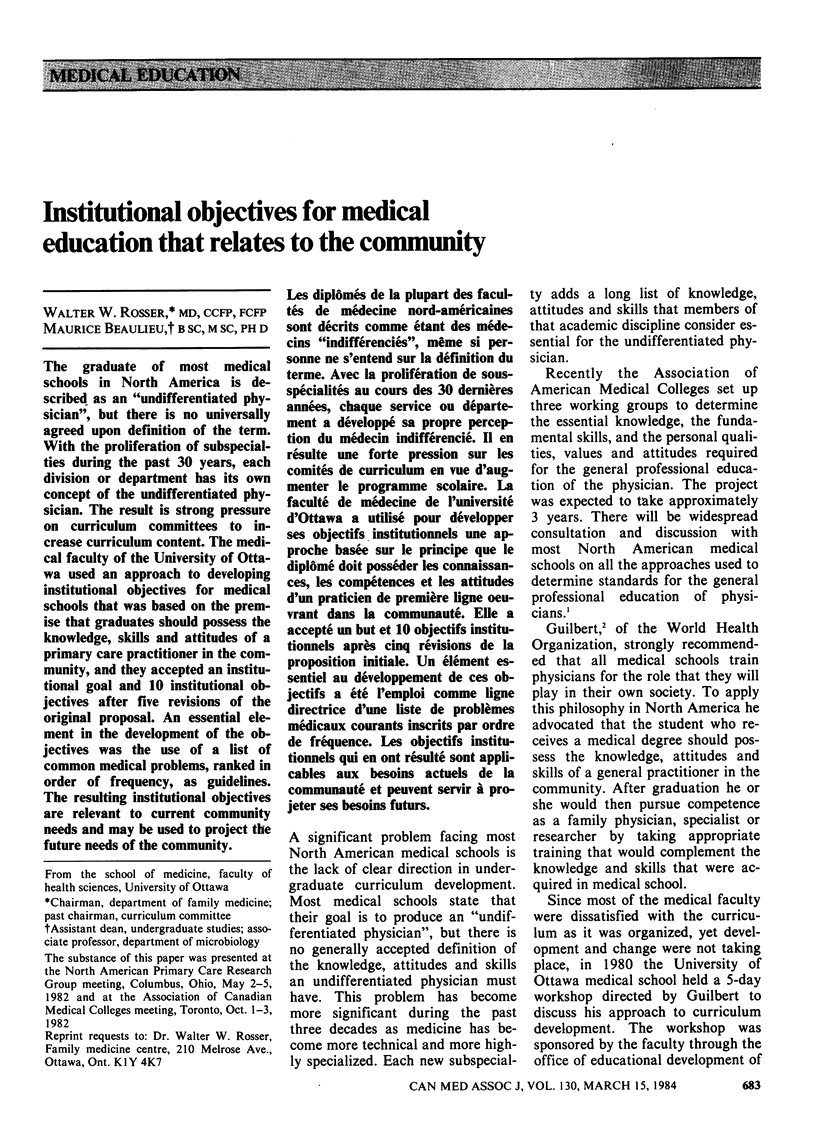
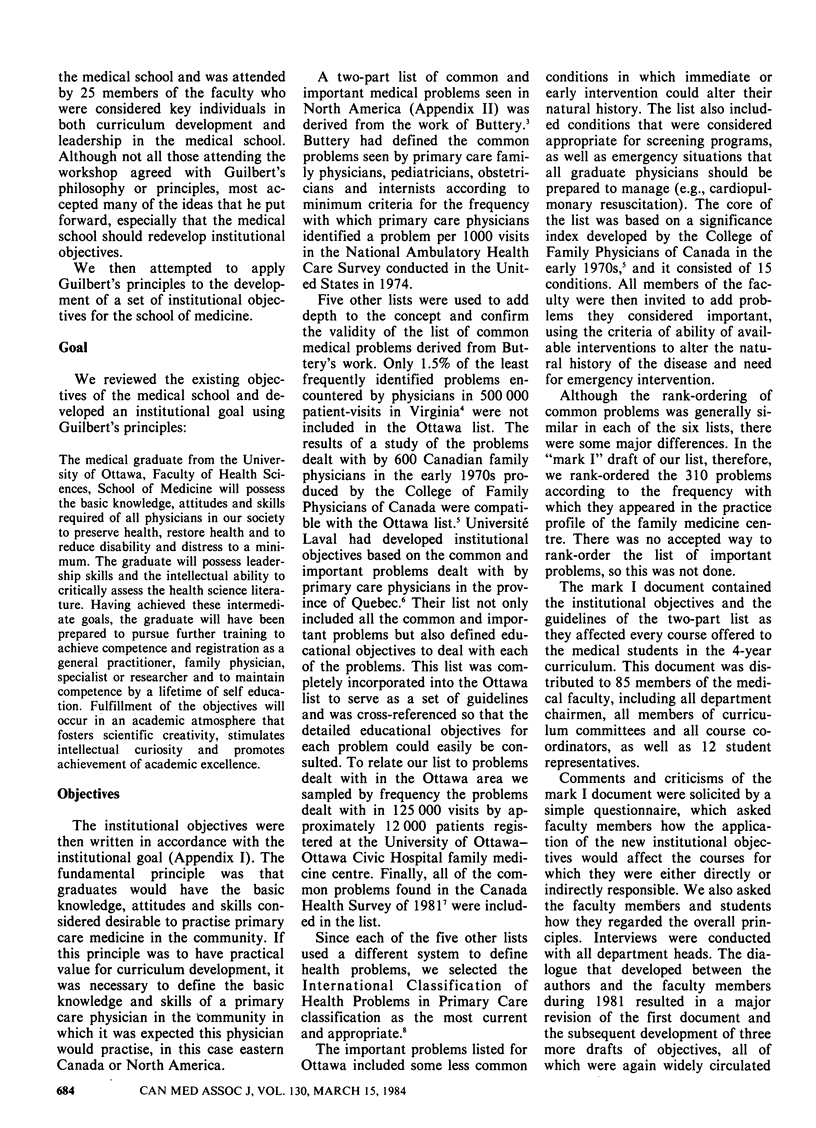
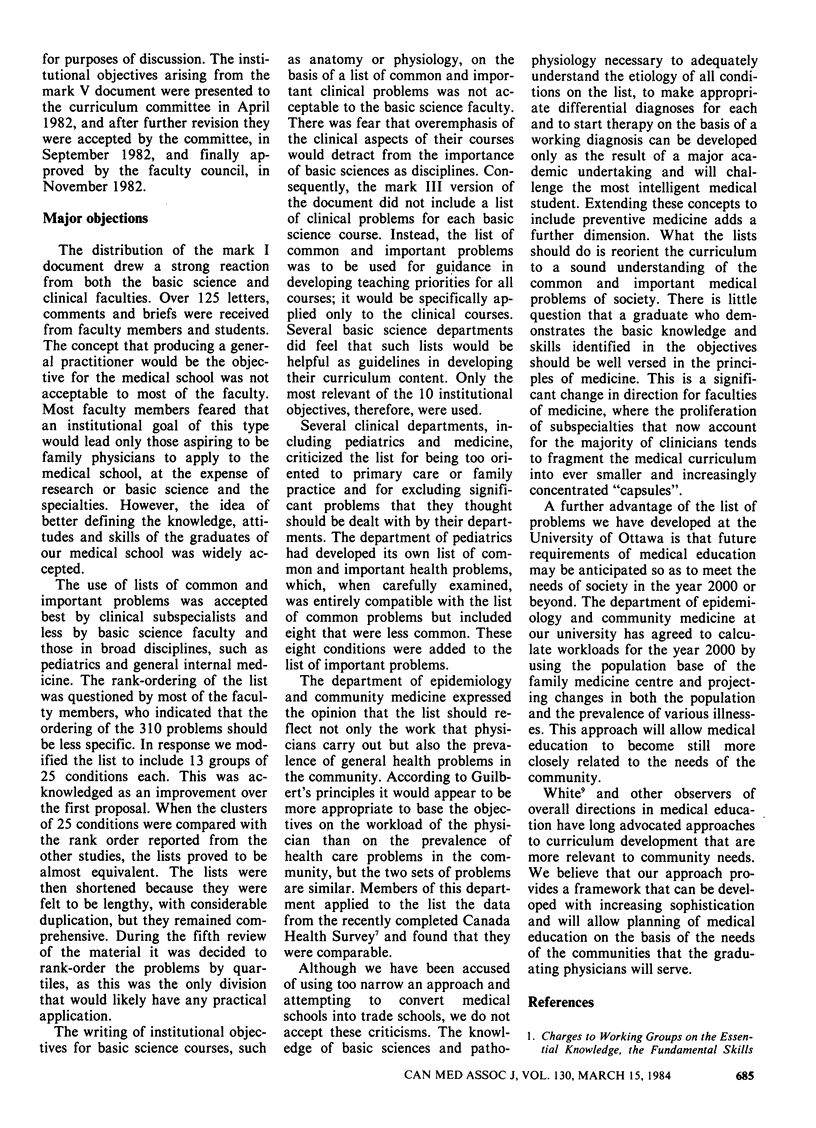
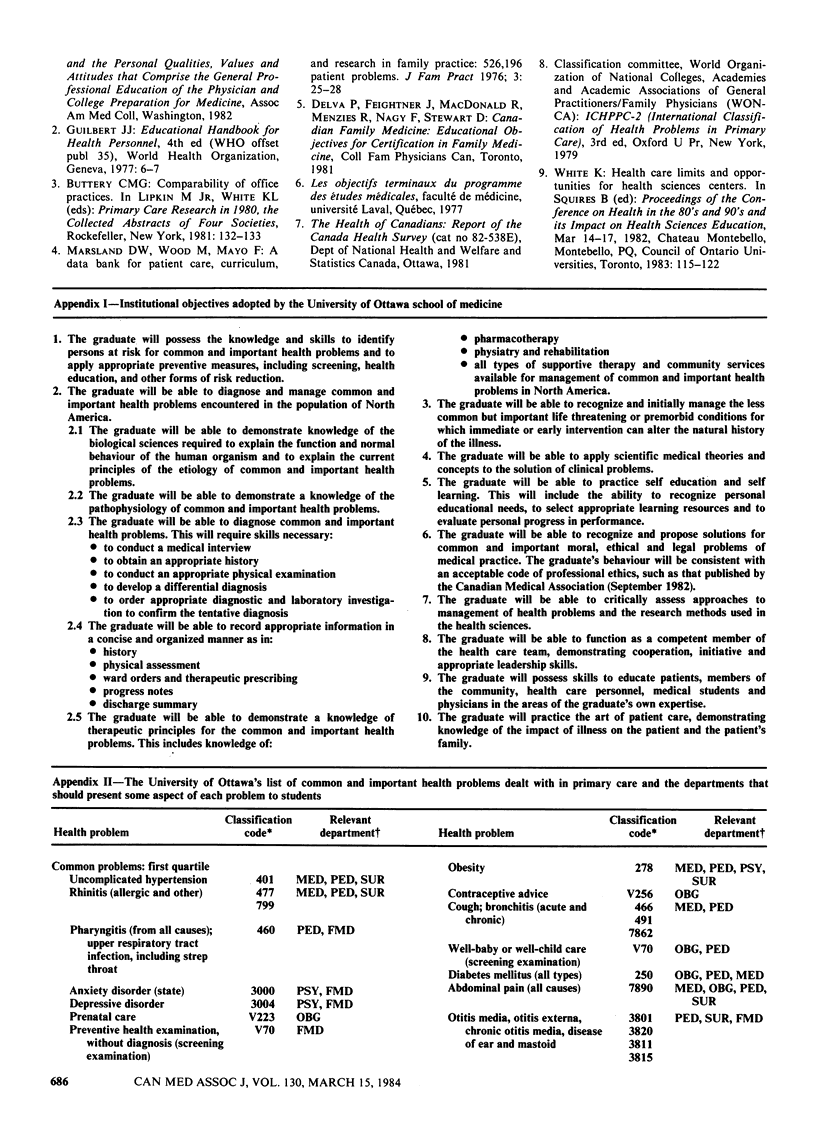
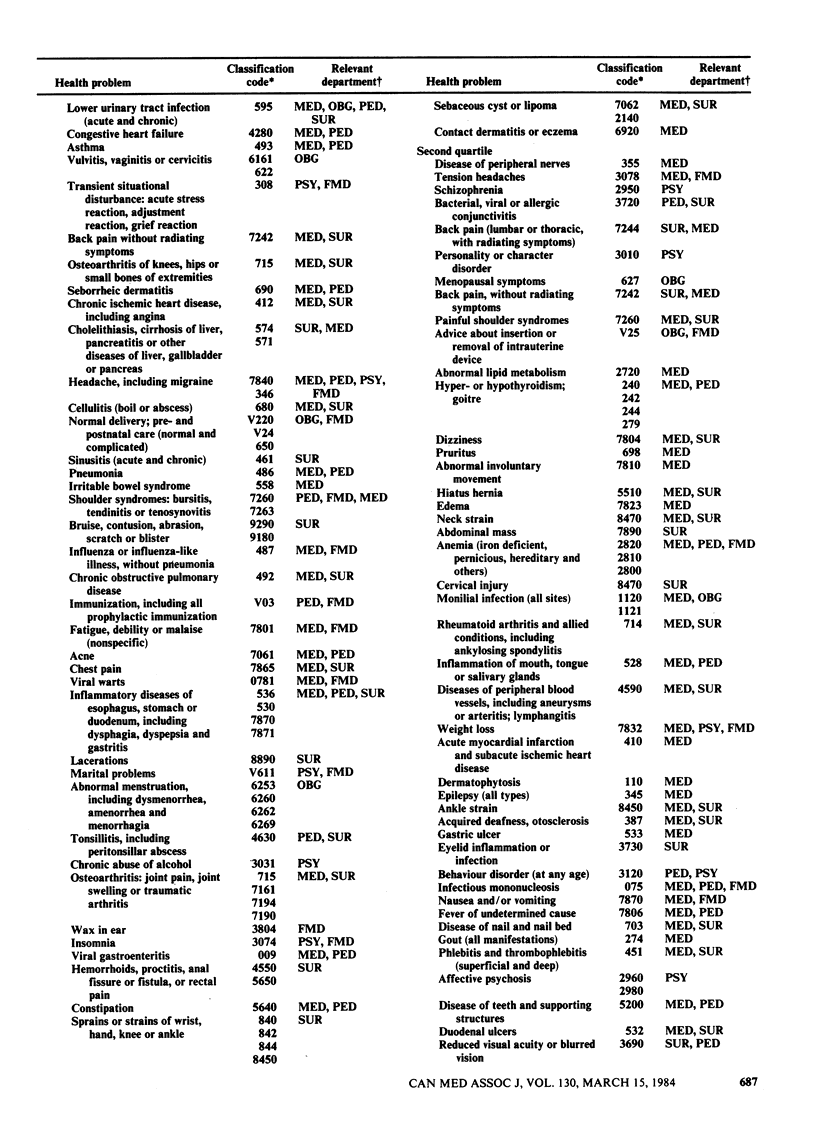
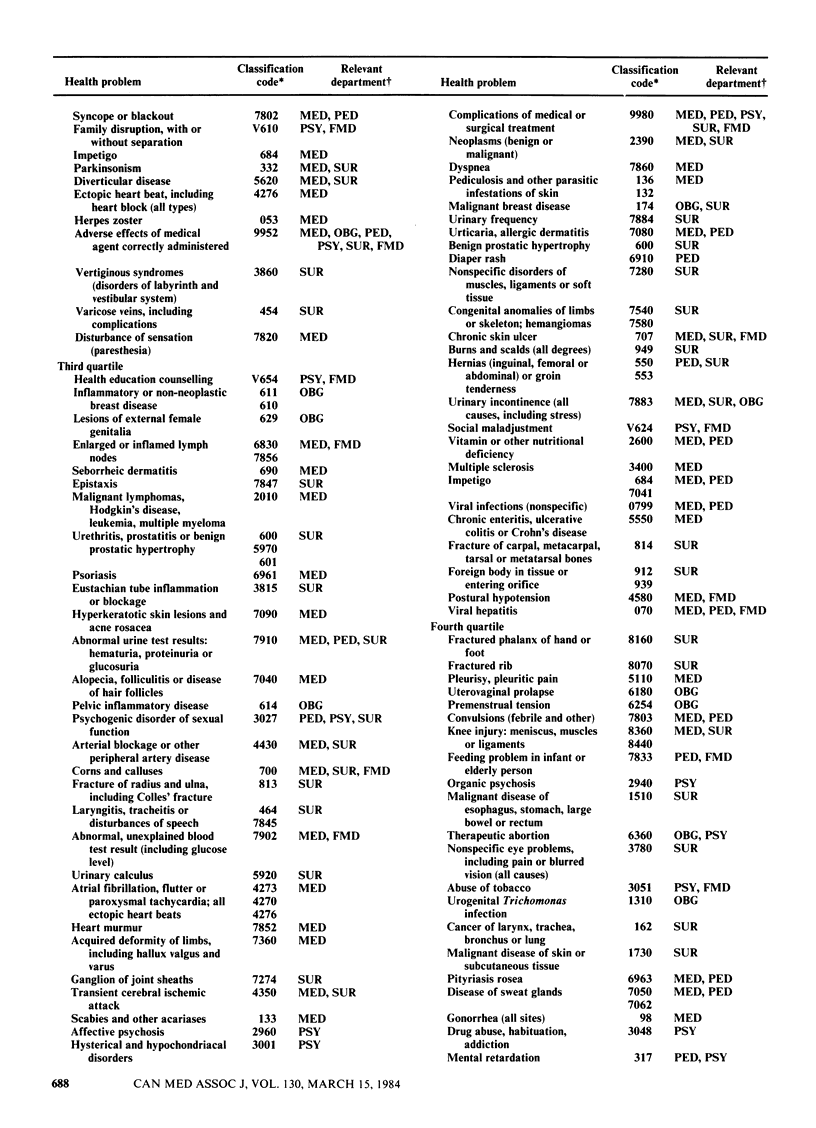
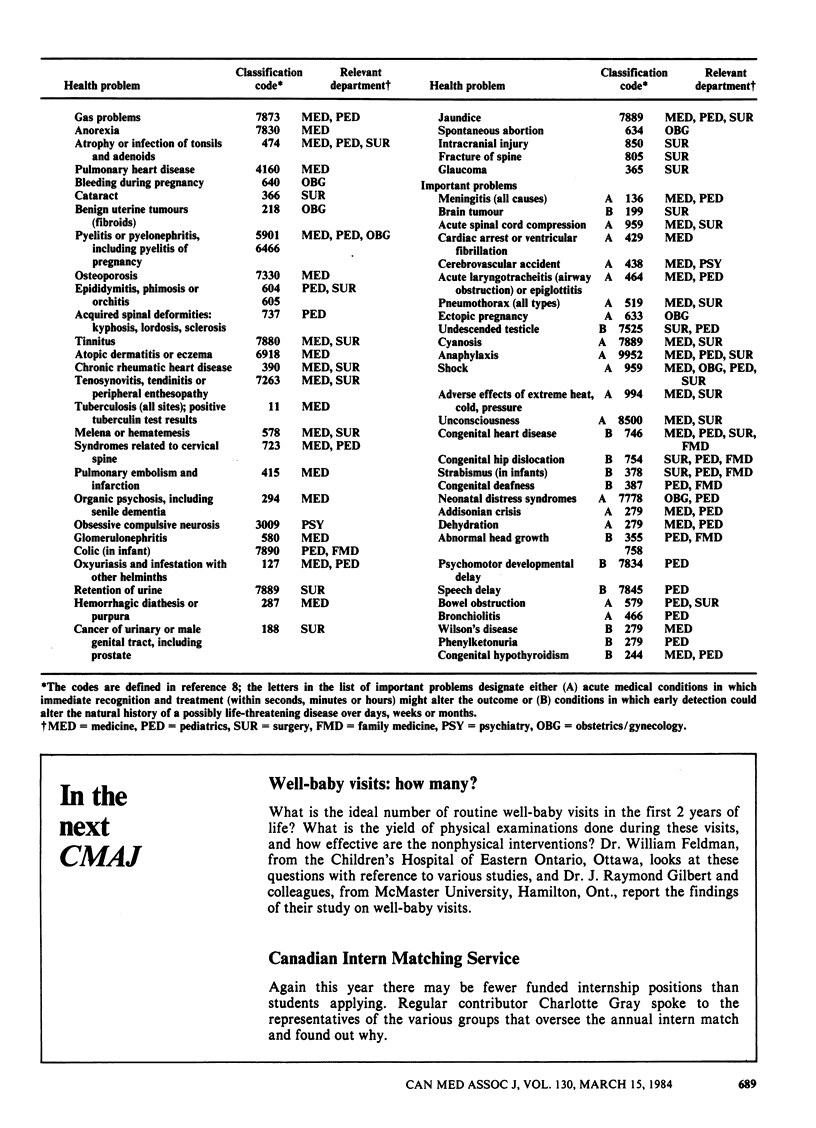
Selected References
These references are in PubMed. This may not be the complete list of references from this article.
- Marsland D. W., Wood M., Mayo F. A data bank for patient care, curriculum, and research in family practice: 526,196 patient problems. J Fam Pract. 1976 Feb;3(1):25–28. [PubMed] [Google Scholar]


